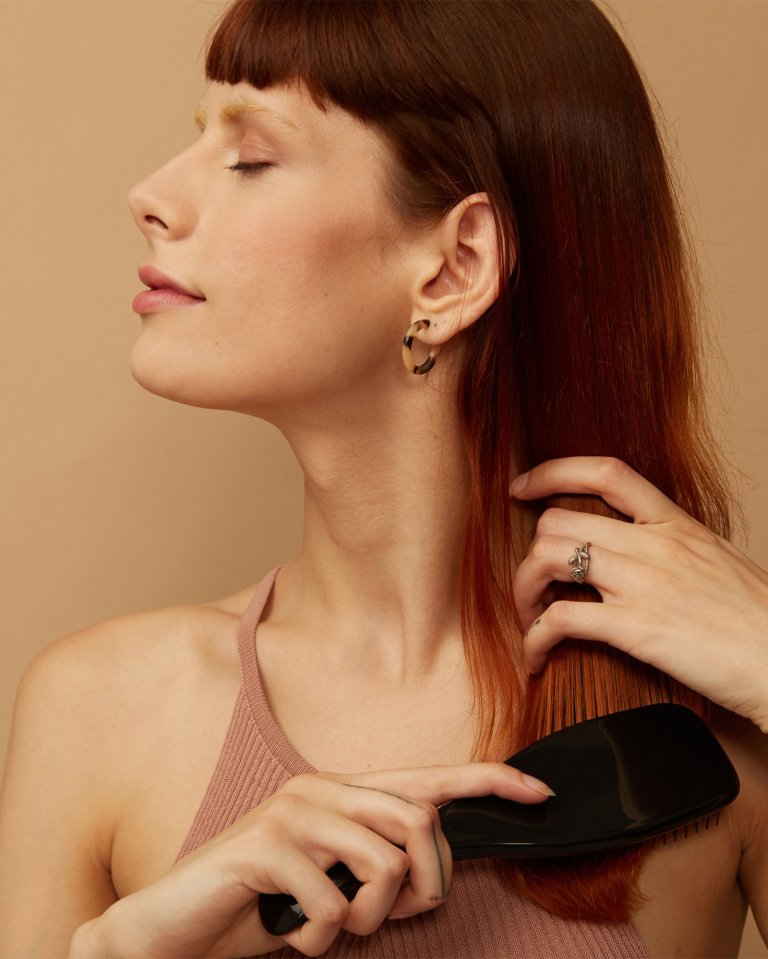By Maisie Bovingdon
Hair training may just seem like another TikTok trend, but it is a routine I have actually been practicing for years – well, trying to anyway.
Hair training is the process of prolonging the time between washes, in the hope your hair will adjust to less washes, produce less oil and look less greasy on the whole.
I have tried to train my hair to last longer between washes, because it saves time getting ready, and the natural oils have been said to be nourishing and self-cleansing. However, that’s not entirely true, as hair training can do more harm than good, insist hair experts.
From the avoidable triggers causing hair to get greasy to why hair training is so damaging, here is everything you need to know if you want to know how to train your hair.
So, how do you train your hair?
Hair training may be more achievable for some than others, and there are numerous factors contributing to greasy hair, from your hair type to your lifestyle and diet, which may make it harder to train your locks.
Playing with your hair, as well as excessive styling or using drying or oily hair products, can also impact your hair training. Dry scalps – whether caused by a skin condition or harsh haircare – can also hinder you from making your hair last longer between washes.
CENTRED’s Creative Director, Kieran Tudor, explains: “A dry, parched scalp will overproduce oil to compensate for the moisture it is lacking, which causes the hair to become visibly greasy more quickly.”
Hair training takes time and patience, which is why LiveTrueLondon’s stylist, Tyler Moore, recommends “reducing your washes one by one per week every few weeks,” rather than going cold turkey right away. However, if this doesn’t work after a couple of months, it’s actually best to return to your previous washing regime.
That said, just because you can go three to five days without shampooing your hair, it doesn’t mean you necessarily should…
Is hair training damaging our hair?
In a word: yes. The scalp is a breeding ground for nasties, as it contains the largest amount of sebaceous glands – as well as sweat glands – than anywhere on the body.
This means dirt, dust and dry skin sticks to the hair and scalp easily, which can result in serious scalp conditions, block the hair follicles, and prevent healthy hair growth. Plus, leaving your hair without being washed can cause pain and discomfort on your head – and nobody wants that headache, literally.
Trichologist Dr. Eva Proudman, told me: “The hair and scalp quickly gather dust and detritus and can become very moist with sebum, offering a nice sticky medium for dirt to cling to, so leaving the hair and scalp for days is not a good idea.”
Ultimately, the scalp is an extension of the skin, so if I wash my face twice a day and exfoliate, cleanse, tone and moisturise, why wouldn’t I give my hair the same TLC?
How often should I wash my hair then?
With over 156,000 Google searches asking this question, and conflicting answers aplenty, it can feel overwhelming to understand what the best practice is.
On average, women wash their hair every two to three days, according to research carried out by Mira Showers, although some can leave their locks for an entire week depending on their hair type. However, a separate YouGov study has found over a quarter of people are washing their hair less than ever before.
Contrary to popular belief, Dr. Proudman recommends washing your hair every day, while dermatologist Shilpi Khetarpal MD suggests shampooing at least two or three times a week to minimise the “overgrowth of normal yeast that live on the scalp.”
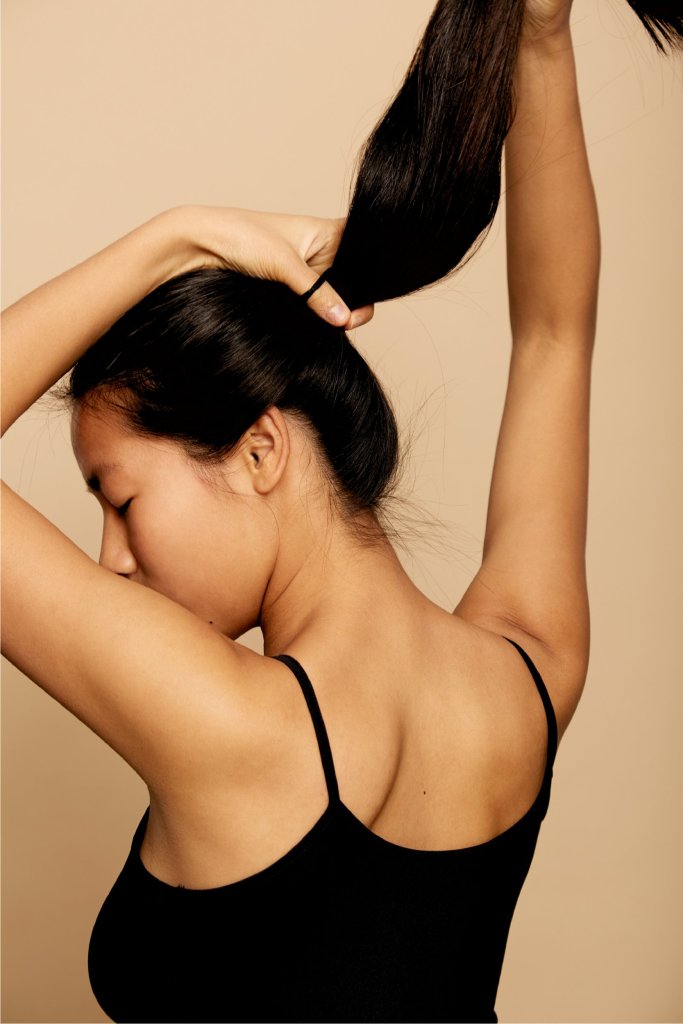
Hair experts warn against washing your hair with harsh formulas, such as SLS (Sodium Lauryl and Laureth) as well as sulphates, including dimethicone, which dry your hair and scalp, strip the area of natural oils, and subsequently causes your hair to become greasy.
When washing your hair, it is paramount to use nourishing ingredients, and Dr. Proudman recommends glycerin, collagen and wheat protein.
She explains: “Glycerin attracts moisture and hydrates the hair, while coconut oil can penetrate into the cortex – the fibre of the hair – to provide hydration and smoothness. Collagen and wheat proteins are also fantastic at increasing hair density.”
Top tips to keep hair fresh in-between washes
So we know that you shouldn’t leave your hair for too long in-between washes, but we all still want to learn how to keep the grease at bay on those ‘non-shampoo’ days. Luckily, there are styling tricks and products to give your locks a refresh, even when you’ve skipped wash day. My top tips are as follows…
Use quality products
As I mentioned earlier, sulphates are to be avoided, as well as harsh and heavy haircare products, such as hair oils and overusing dry shampoo, as they weigh hair down, clog pores, or leave it looking greasy minutes after a fresh blow dry.
Be careful with styling
Avoid touching your hair, heated styling tools, and tight updos as much as possible to make your clean hair last longer.
If you need an extra helping hand to reduce the appearance of greasy roots, LiveTrueLondon stylist, Tyler Moore, shares his top hack: “To make your hair last between washes, use a blast of cold air during heat styling to set your style in place.”
Have regular haircuts
A regular trim will encourage your locks to grow and promote healthy hair. It will not only remove dry and split ends, but give weighty hair a lift, making it easier to style, which involve less grease-inducing products.
Refocus your diet
Once you have perfected your haircare routine, complete with shampoo, conditioner and any other aftercare treatments, combined with a balanced diet – which can include additional supplements to build hair proteins and promote healthy hair growth – you may notice your hair gets less greasy and lasts longer between wash days.
The best products to keep hair fresh in-between washes


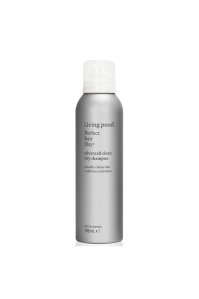
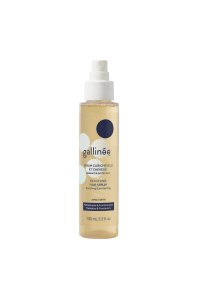
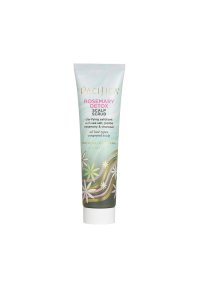
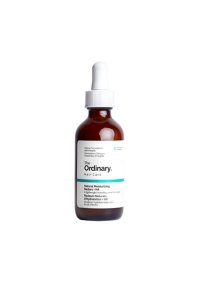

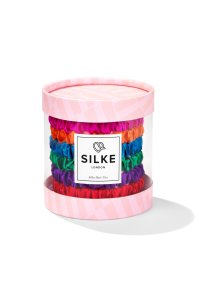
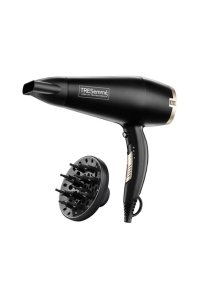
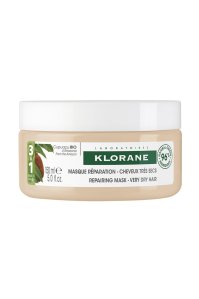
*Eliza may earn commission on sales from these product links
